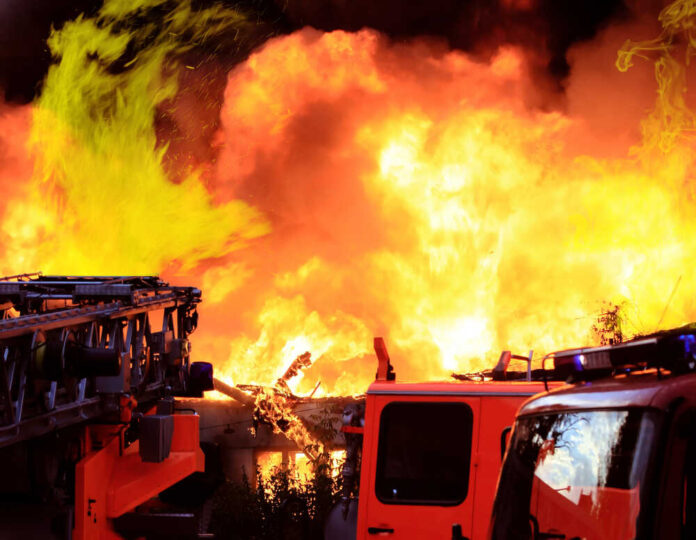About two years ago, an explosion caused by an accidental spark destroyed all of the machinery in a factory in north Louisiana, sending a corrugated fiberglass wall flying 100 feet into the air.
To add insult to injury, this cut off the Department of Defense from its sole domestic source of the explosive used to make ammunition, artillery shells, mortar rounds, and Tomahawk missiles.
According to a recent article in the Wall Street Journal, the abandoned factory in Minden was the birthplace of modern gunpowder. Black powder, a highly explosive substance, can be used for various military purposes. This material, for which there is no acceptable substitute, is used in weapons in extremely trace amounts to ignite more powerful explosives.
Although no one was hurt in the summer explosion, the factory is still not up and running two years later, meaning it can’t supply the vital component to commercial or Pentagon clients.
With the end of the Cold War, the United States applied increasing pressure on its military suppliers to cut costs and modernize the military’s underlying industrial infrastructure.
As a result, many of these vendors were merged into fewer entities. Over the past three decades, American firms producing fixed-wing aircraft have shrunk from eight to three.
During this same time period, the number of companies producing large surface ships fell from eight to two.
It’s not uncommon for smaller defense enterprises to be the only source of critical components (like black powder), meaning that a single problem can immediately halt production.
The “incident,” as the explosion at Minden is now commonly referred to, is a prime example of the threats the United States military faces.
After a devastating explosion in a compound about 30 miles outside of Shreveport, all black powder production in North America was suspended, and the threat to our military was significantly impacted by this isolated incident.
The structure was established during World War II.















